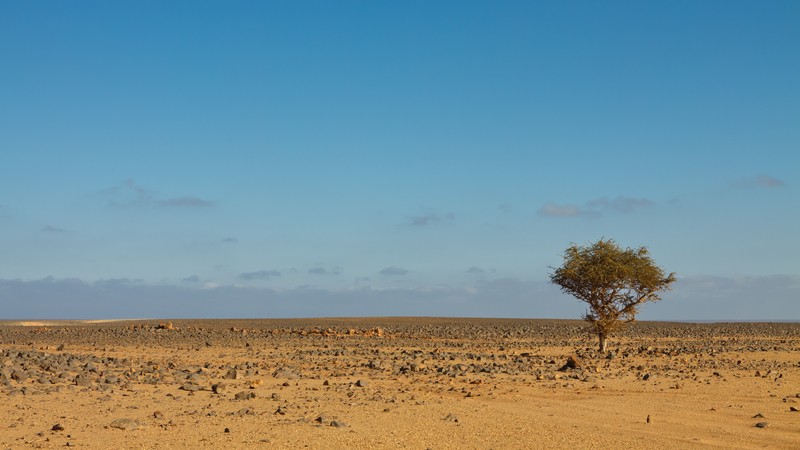There is no easy way to put it. Desert survival requires ingenuity, caution and understanding what you are up against.
The following is a list of critical things you'll need to be aware of to survive the desert.
Low Rainfall
Low rainfall is the most obvious environmental factor in an arid area. Some desert areas receive less than 10 centimeters of rain annually, and this rain comes in brief torrents that quickly run off the ground surface. You cannot survive long without water in high desert temperatures. In a desert survival situation, you must first consider “How much water do I have?” and “Where are other water sources?”
Intense Sunlight and Heat
Intense sunlight and heat are present in all arid areas. Air temperature can rise as high as 60 degrees C (140 degrees F) during the day. Heat gain results from direct sunlight, hot blowing winds, reflective heat (the sun's rays bouncing off the sand), and conductive heat from direct contact with the desert sand and rock.
The temperature of desert sand and rock averages 16 to 22 degrees C (30 to 40 degrees F) more than that of the air. For instance, when the air temperature is 43 degrees C (110 degrees F), the sand temperature may be 60 degrees C (140 degrees F).
Intense sunlight and heat increase the body's need for water. To conserve your body fluids and energy, you will need a shelter to reduce your exposure to the heat of the day. Travel at night to lessen your use of water.
Radios and sensitive items of equipment exposed to direct intense sunlight will malfunction.
Wide Temperature Range
Temperatures in arid areas may get as high as 55 degrees C during the day and as low as 10 degrees C during the night. The drop in temperature at night occurs rapidly and will chill a person who lacks warm clothing and is unable to move about. The cool evenings and nights are the best times to work or travel.
If your plan is to rest at night, you will find a wool sweater, long underwear, and a wool stocking cap extremely helpful.
Sparse Vegetation
Vegetation is sparse in arid areas. You will therefore have trouble finding shelter and camouflaging your movements. During daylight hours large areas of terrain are visible and easily controlled by a small opposing force.
If traveling in hostile territory, follow the principles of desert camouflage–
• Hide or seek shelter in dry washes (wadis) with thicker growths of vegetation and cover from oblique observation.
• Use the shadows cast from brush, rocks, or outcropping. The temperature in shaded areas will be 11 to 17 degrees C cooler than the air temperature.
Surviving in the desert or an arid area requires an awareness of the dangers faced and the creativity to counter a hostile environment by utilizing common sense.
If you find yourself faced with this type of survival situation, these tips and others could mean the difference between life and death.
To review the complete list and learn more about surviving in an arid area, please visit Wilderness Survival.
